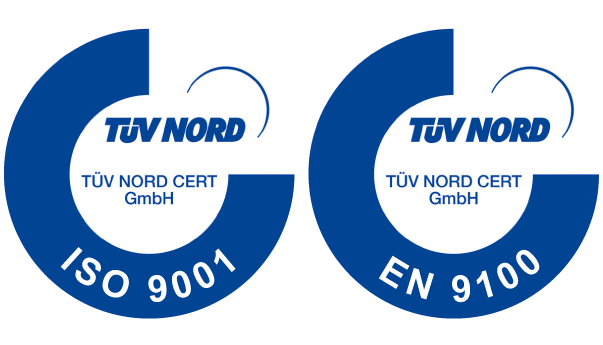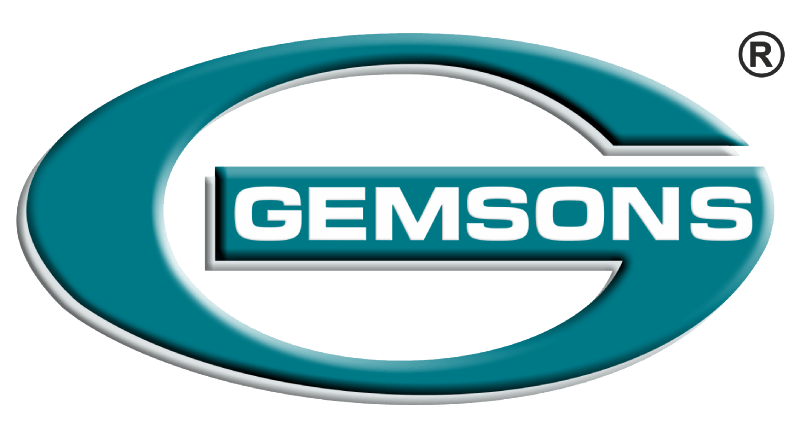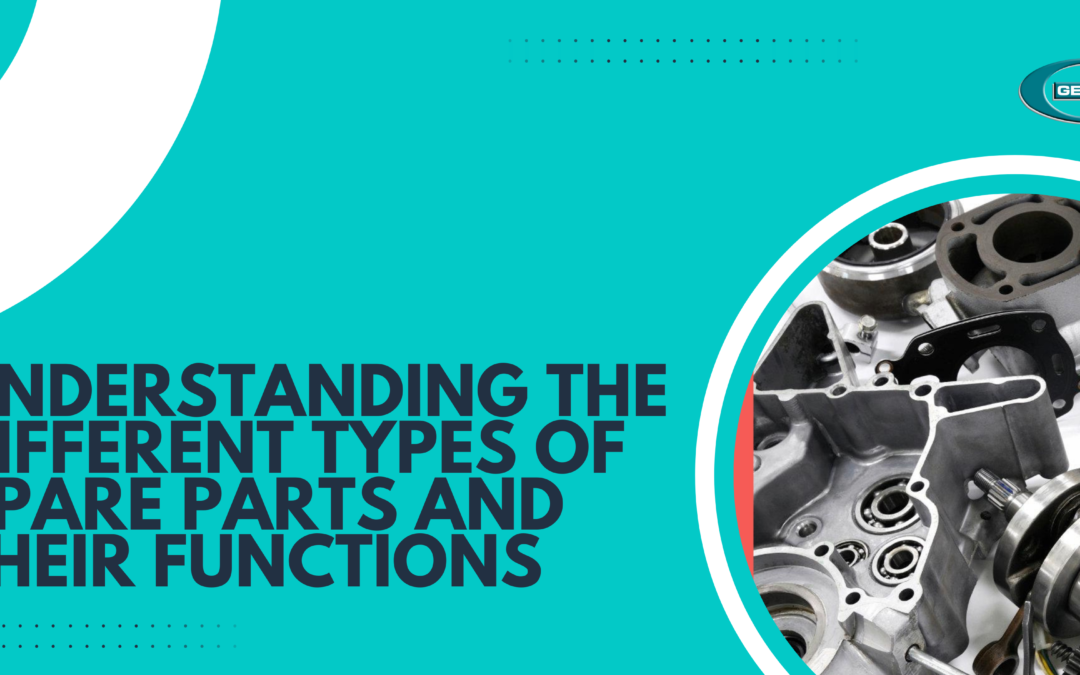In any machinery or equipment, wear and tear are bound to occur over time, and parts will need to be replaced or repaired. Spare parts are an essential aspect of maintenance and repair, ensuring that machines and equipment continue to function effectively. However, not all spare parts are the same, and understanding the different types and their functions is crucial to ensure efficient and timely replacement or repair. In this article, we will explore the different types of spare parts and their functions.
- OEM (Original Equipment Manufacturer) Parts:
OEM parts are those produced by the original manufacturer of the equipment or machinery. These parts are designed to match the exact specifications of the original parts that came with the equipment. They are often the most expensive spare parts, but they offer the highest level of quality and reliability. The use of OEM parts is essential in maintaining the warranty of the equipment, as using other types of parts may void the warranty. OEM parts are suitable for critical components of the machinery, where accuracy and reliability are crucial. - Aftermarket Parts:
Aftermarket parts are manufactured by third-party companies and not the original equipment manufacturer. These parts are often cheaper than OEM parts but may not have the same level of quality or durability. However, many aftermarket parts are designed to meet or exceed OEM specifications, and some even offer better performance than OEM parts. The use of aftermarket parts may not void the warranty, but it is advisable to check with the equipment manufacturer first. Aftermarket parts are suitable for non-critical components of the machinery or as a cost-effective alternative to OEM parts. - Remanufactured Parts:
Remanufactured parts are those that have been reconditioned to meet OEM specifications. These parts are essentially used parts that have been refurbished to restore their functionality. Remanufactured parts are often cheaper than OEM parts and offer similar quality and durability. However, remanufactured parts may not be available for all types of equipment and may have a limited lifespan compared to new OEM parts. The use of remanufactured parts is suitable for non-critical components of the machinery, where cost savings are essential. - Used Parts:
Used parts are those that have been taken from equipment that is no longer in use or has been decommissioned. These parts are often the cheapest spare parts but may have limited functionality or lifespan. Used parts are suitable for non-critical components of the machinery, where cost savings are essential, and where the lifespan of the part is not a concern.
Functions of Spare Parts
Spare parts perform different functions in the machinery or equipment. Some of the functions include:
- Replacement Parts: Replacement parts are those that are used to replace damaged or worn-out parts of the equipment or machinery. Replacement parts can be OEM, aftermarket, remanufactured, or used, depending on the availability and suitability of the part.
- Upgrade Parts: Upgrade parts are those that are used to improve the performance of the equipment or machinery. Upgrade parts may include better quality parts, higher capacity parts, or parts that are designed to reduce maintenance costs or downtime.
- Consumable Parts: Consumable parts are those that need to be replaced regularly due to wear and tear. Consumable parts include items such as filters, belts, and lubricants.
- Maintenance Parts: Maintenance parts are those that are used in the routine maintenance of equipment or machinery. Maintenance parts include items such as gaskets, seals, and bearings.
- Emergency Spare Parts: Emergency spare parts are those that are kept in stock to replace critical components of the equipment or machinery in case of unexpected failure. Emergency spare parts may include items such as pumps, motors, or control boards.
Conclusion:
Spare parts play a crucial role in the maintenance and repair of equipment and machinery. Understanding the different types of spare parts and their functions is essential in ensuring that the right part is used at the right time. OEM parts offer the highest level of quality and reliability, while aftermarket and remanufactured parts offer cost savings. Used parts are the cheapest but may have limited functionality and lifespan. It is important to consider the suitability of the spare part based on the criticality of the component and the cost-effectiveness of the replacement option.
In addition to understanding the different types of spare parts, it is also important to have an effective spare parts management system in place. This includes identifying critical components and maintaining an inventory of spare parts, ensuring timely replacement or repair when needed. Having an effective spare parts management system can reduce downtime, improve equipment reliability, and ultimately lead to cost savings.
In conclusion, spare parts are an essential aspect of the maintenance and repair of equipment and machinery. Understanding the different types of spare parts and their functions is crucial in ensuring that the right part is used at the right time. It is important to consider the criticality of the component and the cost-effectiveness of the replacement option. Having an effective spare parts management system in place can further improve equipment reliability and reduce downtime, ultimately leading to cost savings.
Faq’s
What are the different types of spare parts?
The different types of spare parts include OEM parts, aftermarket parts, remanufactured parts, and used parts.
What are OEM parts?
OEM parts are original equipment manufacturer parts that are produced by the original manufacturer of the equipment or machinery. They are designed to match the exact specifications of the original parts that came with the equipment.
What are aftermarket parts?
Aftermarket parts are manufactured by third-party companies and not the original equipment manufacturer. They are often cheaper than OEM parts but may not have the same level of quality or durability.
What are remanufactured parts?
Remanufactured parts are used parts that have been reconditioned to meet OEM specifications. They are often cheaper than OEM parts and offer similar quality and durability.
What are used parts?
Used parts are components that have been taken from equipment that is no longer in use or has been decommissioned. They are often the cheapest spare parts but may have limited functionality or lifespan.
What are the functions of spare parts?
Spare parts perform different functions in the machinery or equipment, including replacement, upgrade, consumable, maintenance, and emergency replacement.
How do I determine the type of spare part to use?
The type of spare part to use depends on the criticality of the component and the cost-effectiveness of the replacement option. It is important to consider the suitability of the spare part based on these factors.
Why is spare parts management important?
Effective spare parts management is important in maintaining an inventory of spare parts and ensuring timely replacement or repair when needed. It can reduce downtime, improve equipment reliability, and ultimately lead to cost savings.



Recent Comments